The "Incrementally Increasing Loading" function of load cases and load combinations can incrementally increase the assigned load level and find the equilibrium for each load increment. For load cases, the reference level "Load Increment 1.0 = 100% of the defined load" is the defined loading; for load combinations, it is the combination of load cases modified with partial safety factors. The detailed settings of the function define the initial load increment k0, the quantity of the incremental load increase Δk, the refinement of the last load increment, the break-off criterion, and the static initial load situation.
The initial load increment k0 defines the beginning of the process. This input is independent of the pure load case and load combination input and can be greater or less than 1.0. The program always displays all results on the basis of load increment 1.0 within the regular calculation and performs additional analysis of the possible load increments by activating "Incrementally Increasing Loading".
The incrementally increasing loading is specified by the load increment Δk. With each process loop, the program increases the load to be analyzed by adding the increment to the previously analyzed load increment. The increment is constant until the break-off criterion is reached.
Due to the constant increment size, it is not possible to determine an exact load factor according to the break-off criterion. Finally, the program shows the approximate load factor on the basis of the last load increment at which the equilibrium for the model can be found. After the calculation, the relevant load situation is displayed in Table "4.0 Results - Summary". By specifying the refinement of the last load increment, the initial increment Δk is divided by the refinement value after reaching the break-off criterion, and the process is repeated from the last functioning load increment until a new break-off occurs. Due to the smaller increment, the resulting load factor is more accurate.
The break-off criterion for the process is basically the point at which the program cannot find any equilibrium for the applied load (second-order analysis). Furthermore, you can specify the break-off by activating the maximum deformation on a specific node.
In reality, certain force components remain constant with no regard to an action (for example, self-weight, prestress, and so on), so the detailed setting provides the option to assign a fixed load component for the incrementally increasing loading. The fixed load can be either a load case or a load combination. This load component is independent of the loading to be increased and is simply added to the variable component in the process.
If the intermediate results of the active load increments are of interest in addition to the final load factor, it is possible to use the "Save the results of all load increments" function for load cases and load combinations in order to display the intermediate results. The corresponding options are available in the panel window and in the result tables.
In RSTAB 8, the activation for saving the intermediate results is linked to the RSBUCK add-on module, and in RFEM 5, the activation of the incrementally increasing loading is linked to the RF‑STABILITY add-on module. In these cases, a license of the corresponding add-on module must be available in addition to the licensing of the main program.








































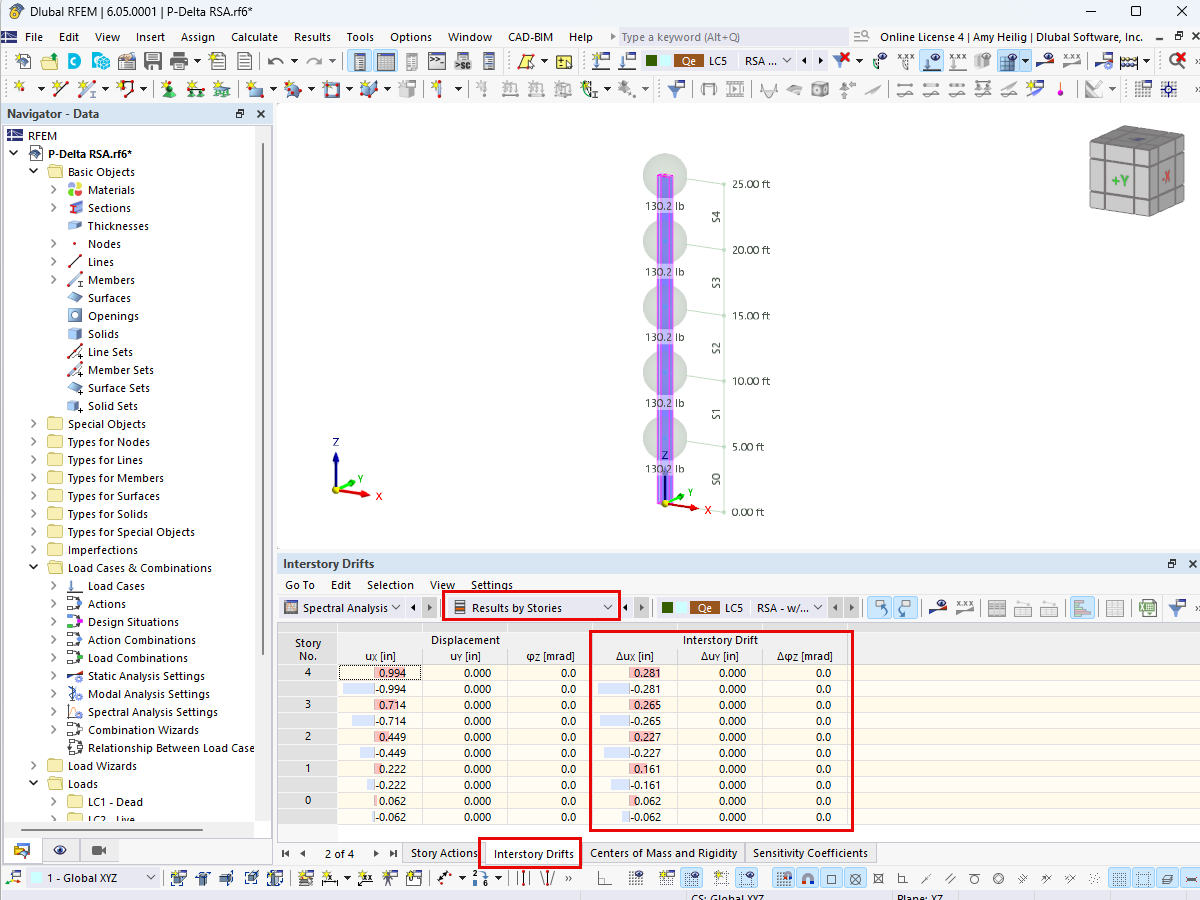
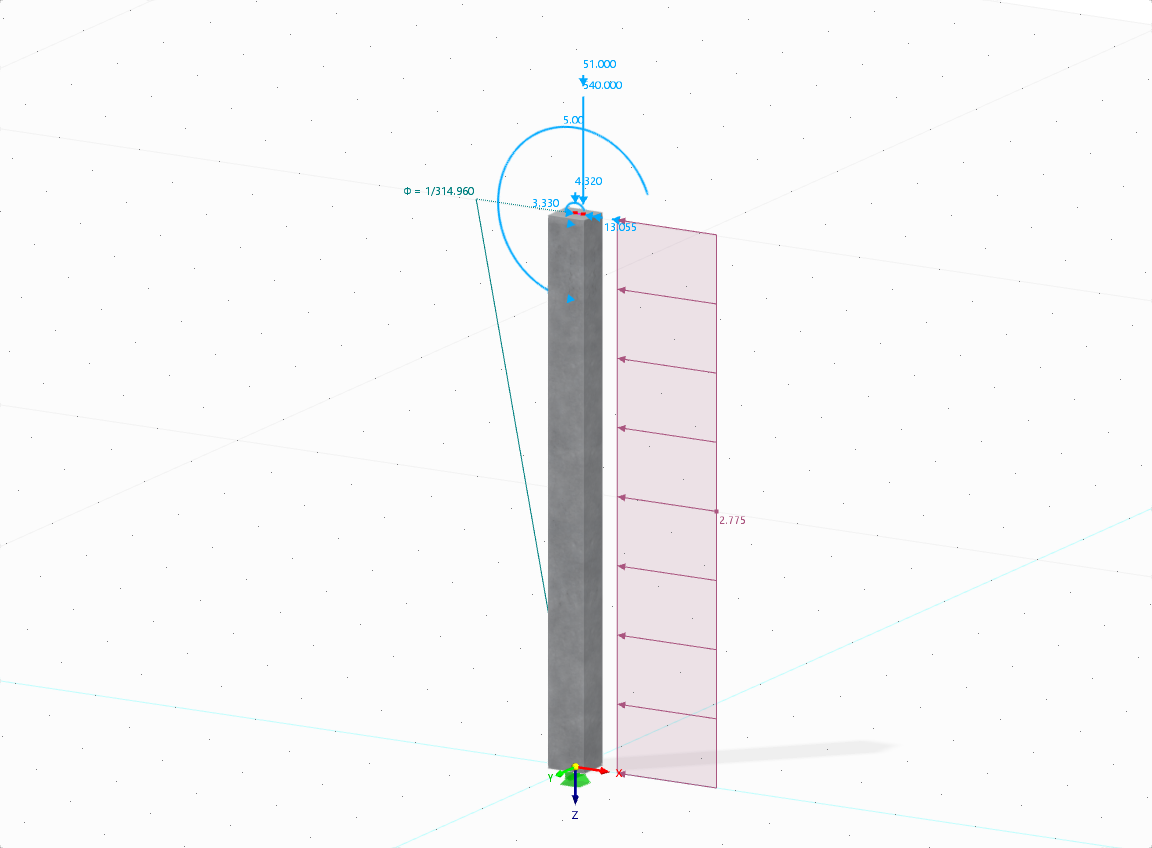










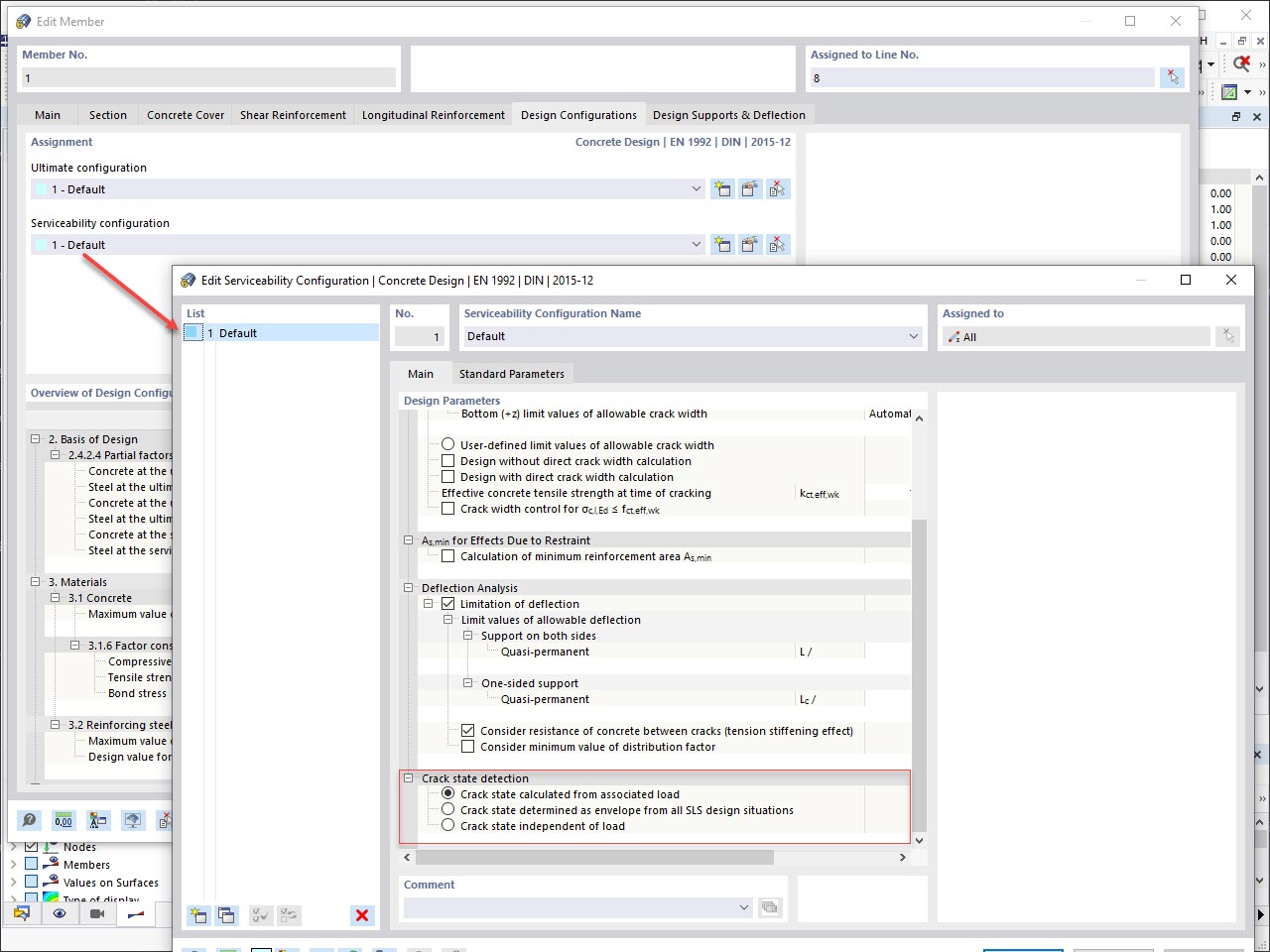
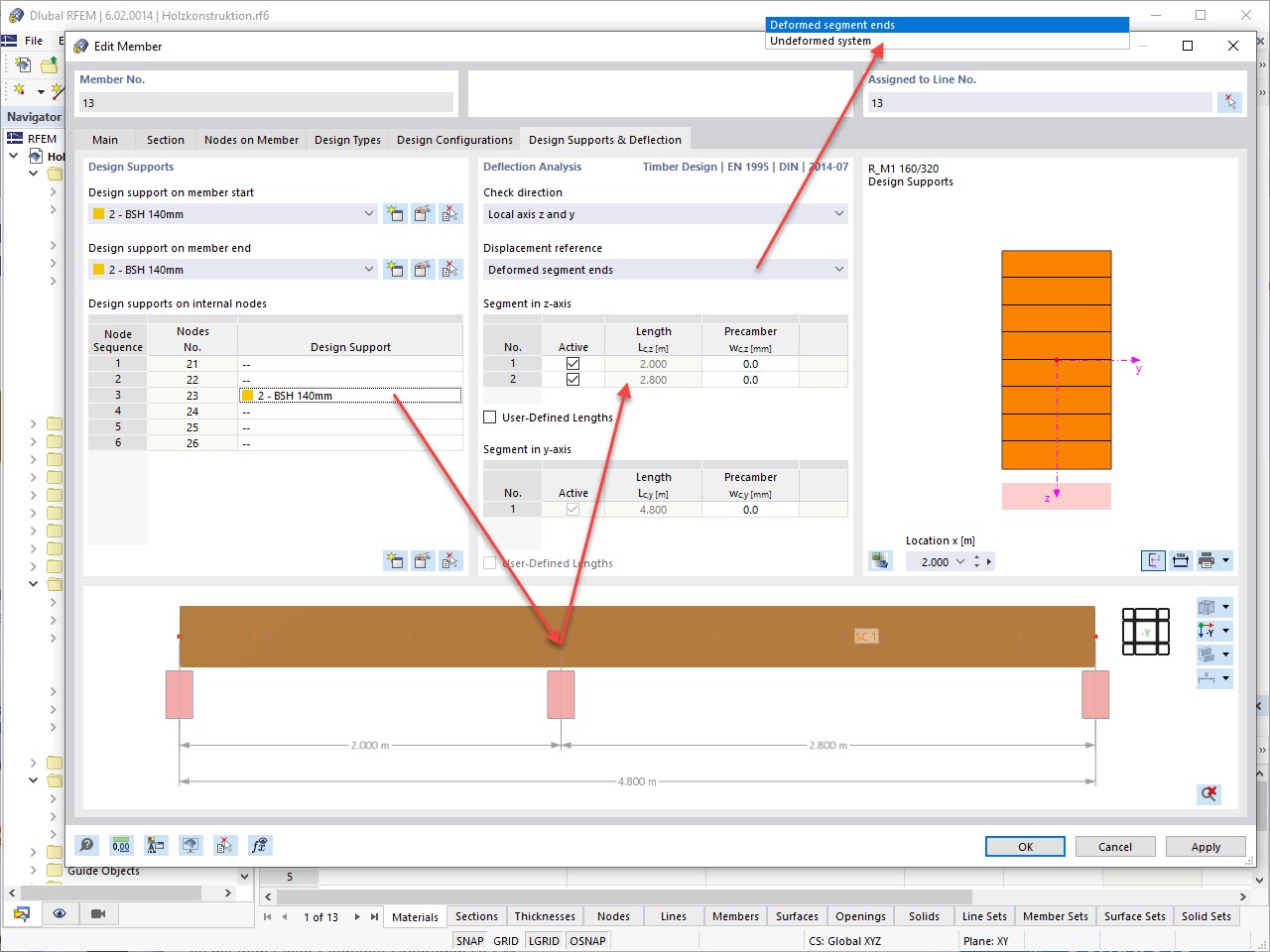
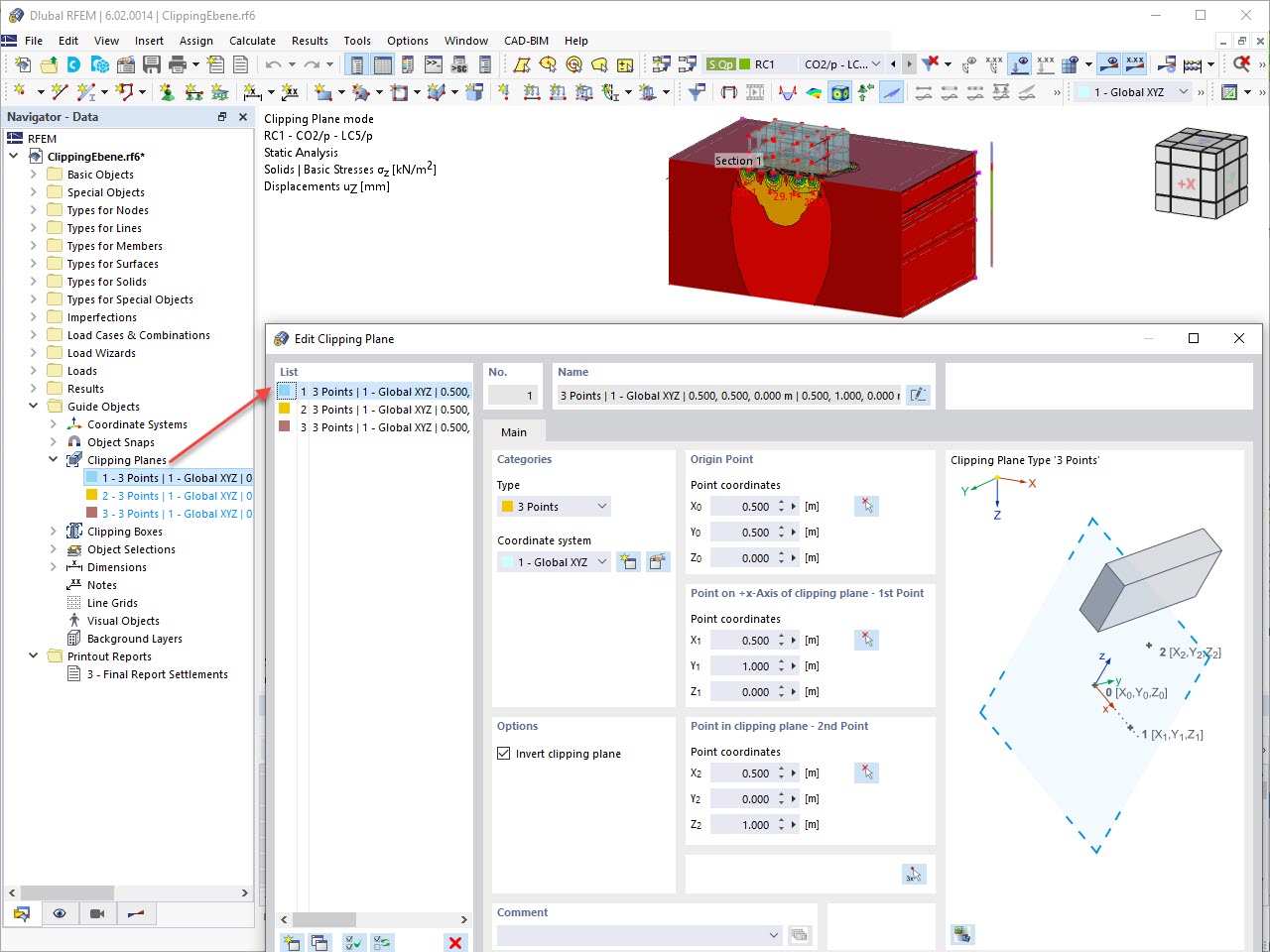










.png?mw=600&hash=49b6a289915d28aa461360f7308b092631b1446e)

















